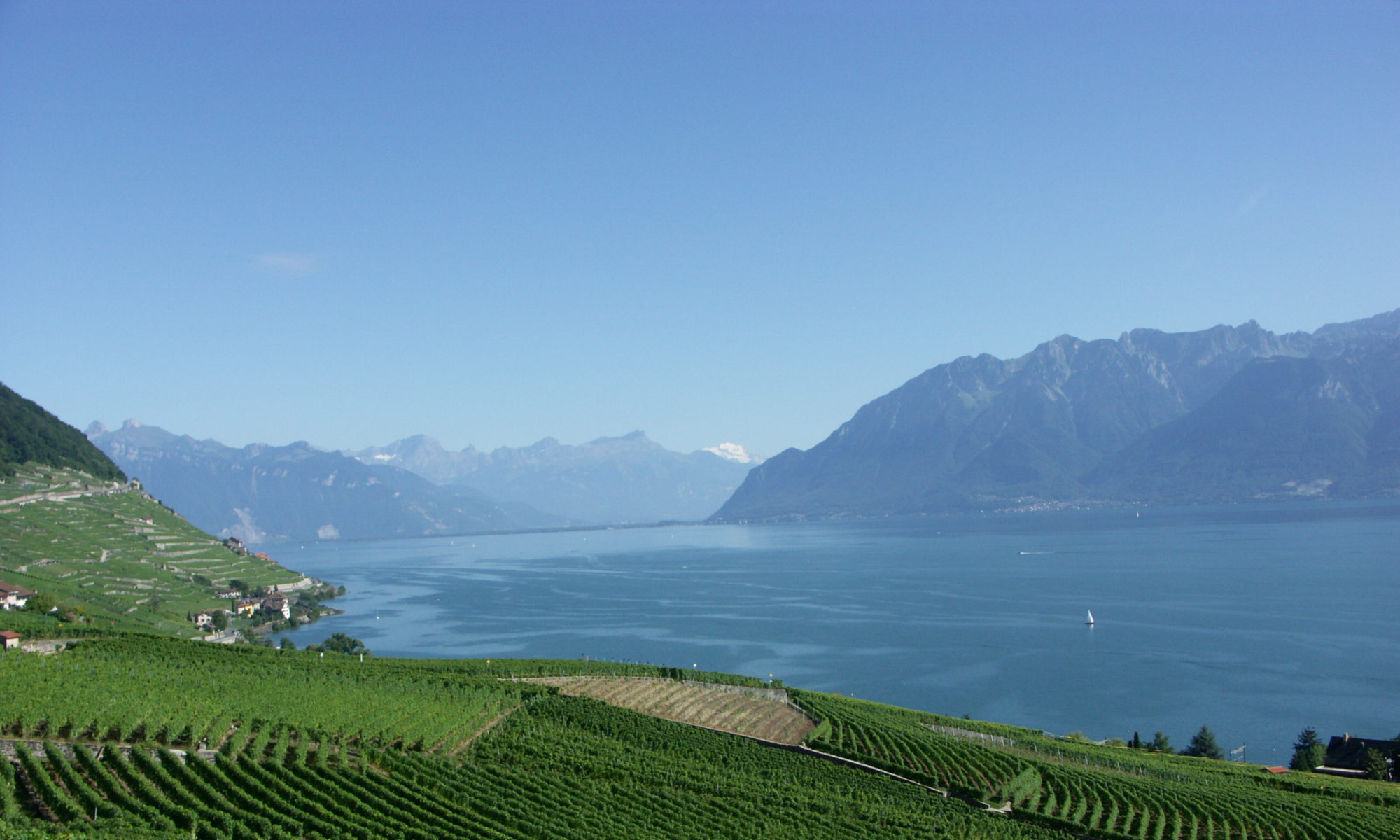To reply to this question use the “Leave a reply” box/field at the bottom of this page.
51 Replies to “Question 2: What are the top three areas where the capacities of National Hydrological Services need to be strengthened, in particular through international cooperation? What would be the difference in the case of a combined Hydrometeorological Service?”
Comments are closed.


Les trois principaux domaines dans lesquels les capacités des services hydrologiques nationaux doivent être renforcées, en particulier par le biais de la coopération internationale sont les suivants :
• Hydrologique opérationnelle (1ere priorité) ;
• Modélisation hydrologique ;
• Prévisions hydrologiques (saisonnières, crue/étiages) ;
La différence dans le cas d’un service météorologique combiné :
• Bases de données intégrant les données pluviométriques.
• Renforcement de réseau hydrométrique intégrant la mesure des paramètres des données pluviométriques (interaction avec le cycle de l’eau).
3- en ma connaissance, les projet WHYCOS sont les plus appropriés pour le développement des activités hydrologique surtout dans sa nouvelle version pour assurer la relevé après le projet;
4- se référer à la première question;
5-il faut passer par la sensibilisation avec des exemples concret dans tous les secteurs…
5- la collaboration n’est pas à la hauteur du souhait…
Areas where the capacities of National Hydrological Services need to be strengthened are:
1) Increasing the measurements in mountain regions
2) Monitoring groundwater and glaciers
3) Sharing information more efficiently with the hydrological agencies
– Quantitative Precipitation Forecast
– Heavy rainfall forecast
– Capacity development of human resources
The rainfall is one of the most variable parameter both in temporal and spatial scale, and hence difficult to predict for precision. Although now a day’s NWP models are providing good rainfall forecast information, even then there is a big challenge for the forecasters to issue accurate rainfall forecast quantitatively for specific location. Heavy rainfall forecast over particular basin/sub-basin is also another challenge, which intern results in flooding. Improvement in Quantitative Precipitation Forecast (QPF) as well as heavy rainfall warnings are very much essential for flood forecast services. Improvement in rainfall forecast accuracy will minimize losses due to heavy rainfall, floods, landslides etc. There is also a requirement of capacity development in human resources for development of intended flood meteorological services.
1) Implement integrated watershed management in its conception of resource management and water development. Looking to apply as a new regional policy, to optimize the planning at the same time the hydrological management with a view to reducing impacts due to floods or droughts.
2) Development and Implementation of hydrological models with support of real-time information system and satellites available in applied technology from developed countries. In order to help countries in the management of disasters due to flood events, which cause so much harm to people, livestock, agriculture and infrastructure.
3) A change of vision-mission in the SHNs where it begins to improve or translate the strength as a National Service and these apply the philosophy of the service, in order to be integrated by regulations and standards in the applicability of risk management and systems of alerts, for disaster reduction. This will go according to new agreements and protocols of the Climate Change and Adaptation Panel.